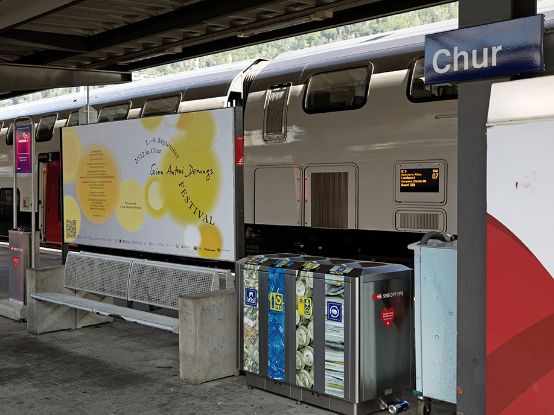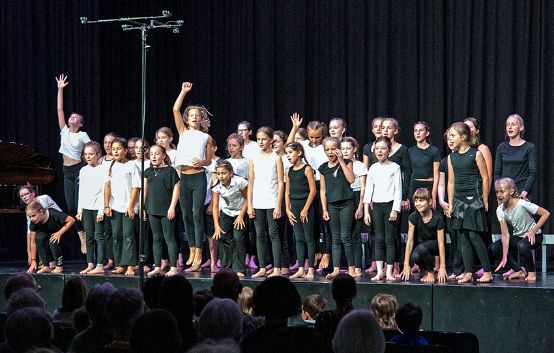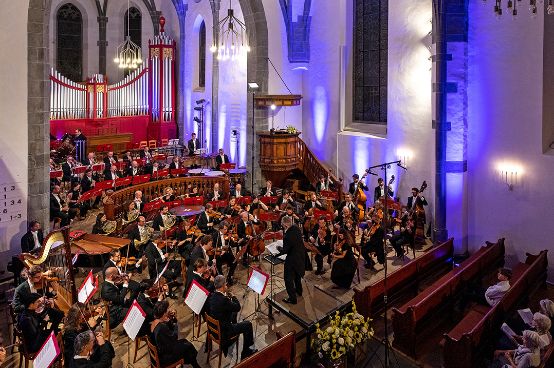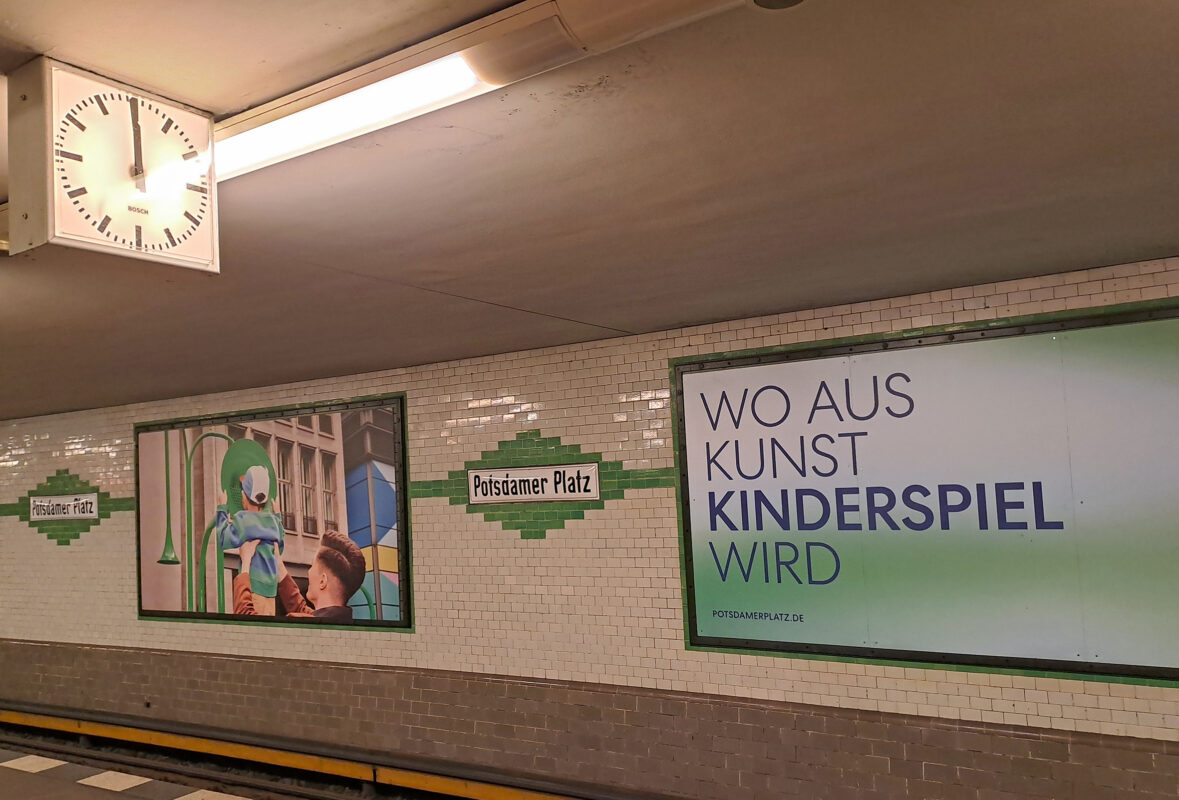Graceful vocal music and stirring symphonies
The Grisons composer died ten years ago in Chur. The Fundaziun Gion Antoni Derungs paid tribute to his work with a festival at the beginning of September.

Composer, choirmaster, organist, piano and organ teacher. Gion Antoni Derungs, one of the most important Rhaeto-Romanic composers, played all of these roles in his life. Born in Vella in 1935, he studied in Zurich and was active in his various professions until his death in 2012. Over nine hundred compositions bear witness to his immense creative power, which is characterized by a rare diversity of genres and styles. Inspired by the rich Rhaeto-Romanic singing and song culture, he incorporated folk melodies into his works, engaged with the avant-garde and yet always sought his own compositional path. To mark the tenth anniversary of his death, the Foundation Fundaziun Gion Antoni Derungs with a festival.
Composer of the avant-garde
At the opening concert at the Theater Chur, Ensemble ö! will present six chamber music works that Derungs composed in the 1960s and 1970s and that show him from his avant-garde side. Partly freitonal, partly inspired by folk music, the works are not always completely comprehensible at first hearing, so multi-layered and complex are his compositions. So it's a good thing that Dance of death is played twice: The violin leads at the beginning with a melody that is constantly interrupted by cluster chords and interjections from the other instruments. In the second version, the sometimes somewhat restrained Ensemble ö! offers more intensity and variation in the dynamics. The eerie sounds send shivers down your spine.
Derung's preoccupation with the avant-garde can also be felt in the organ concert in St. Martin's Church with Tobias Willi. The contrasting program brings together compositions by Derungs, Otto Barblan and Duri Sialm. While Barblan's pieces work with great tonal splendor, Derung's compositions are much more delicate. They often consist of a single melodic voice accompanied by changing chords.
Friend of all singers
A special jewel in the festival program is the Concert da Chor Sacral with the Ensemble Vocal Origen. Under the direction of Clau Scherrer, the ensemble performs sacred vocal works that Derungs composed between 1974 and 2010. The Cantiones Sacrae, Canzuns Religiusas and Cantica captivate with a special grace in the voice leading. Derungs often goes beyond the framework of tonality and exploits the possibilities of the vocal sound by alternating between lyrical passages and rhythmically more animated verses.
At the center of the concert is the Missa pro defunctis. Calm contentment, a kind of inner reflection through the music characterize this memorial mass. No tendency to lament or mourn emanates from the music, but rather a feeling of intimate contemplation about life and death. The last "Lux aeterna" of the mass shines in the church, almost as if the sun is about to rise. The 16 singers sing in perfect harmony and with a wonderful balance of voices. The description "friend of all singers", a saying by Clau Scherrer, proves to be incredibly accurate on this evening, as Derungs seems to have had a special feel for the voice.

- Photo: Börries Hessler, Hessler Photography. Singing school Solothurn girls' choir under the direction of Lea Pfister-Scherer and Eva Herger
Derungs' music is already being passed on to the next generation at the festival. Three children's and youth choirs from Graubünden and Solothurn will be singing Rhaeto-Romanic and German songs that range from funny and bouncy to thoughtful and melancholy to deeply moving. The Singspiel offers a small insight into the musical theater work Salep e la furmicla. The children in the choir are completely absorbed in the performance and sing and recite with absolute confidence.
Autobiographical symphonist
Another side of Derungs can be heard in the festive concert in St. Martin's Church: The 3rd Symphony From my life and Rogationes are perhaps the most intense and stirring music played at the festival. What might he have been thinking of when he wrote these musical hurricanes, storms of triumph and mischievous episodes into the symphony? Large-scale, dense soundscapes, consisting of shimmering strings, virtuoso melodic passages in the outstanding woodwinds and a foundation of menacing bass lines, define it. The wild thundering of the whole orchestra is replaced by sparkling joy in solo passages in the piccolo and xylophone. In this continuous intensity of sounds, the individual elements could quickly blur into one another. Not so with the Orchestra della Svizzera italiana, whose interpretation is a real pleasure. Every shimmer, every rumble, every musical joke is clearly perceptible under the direction of Philippe Bach, and the balance between the orchestral groups is incredibly well struck. There are fewer soundscapes and more noises in the world premiere of Rogationes to the train. In this depiction of Catholic supplication processions, air is whistled through the wind instruments, bows are scraped across the strings or the wooden side of the bow is tapped on the strings. After these two moving and stirring works by Derungs, Jean Sibelius' Symphony No. 3 calms the emotional waves somewhat.
The concerts at the Gion Antoni Derung Festival showcased numerous treasures from his oeuvre and there are still many more to discover. Getting to know Derung's music and listening to the stories from his life is simply enriching.

- Photo: Börries Hessler, Hessler Photography. The OSI at the Derungs Festival 2022 in Chur's St. Martin's Church under the direction of Philippe Bach
Transparency note: The Swiss Music Newspaper is the media partner of the Gion Antoni Derungs Festival 2022.








